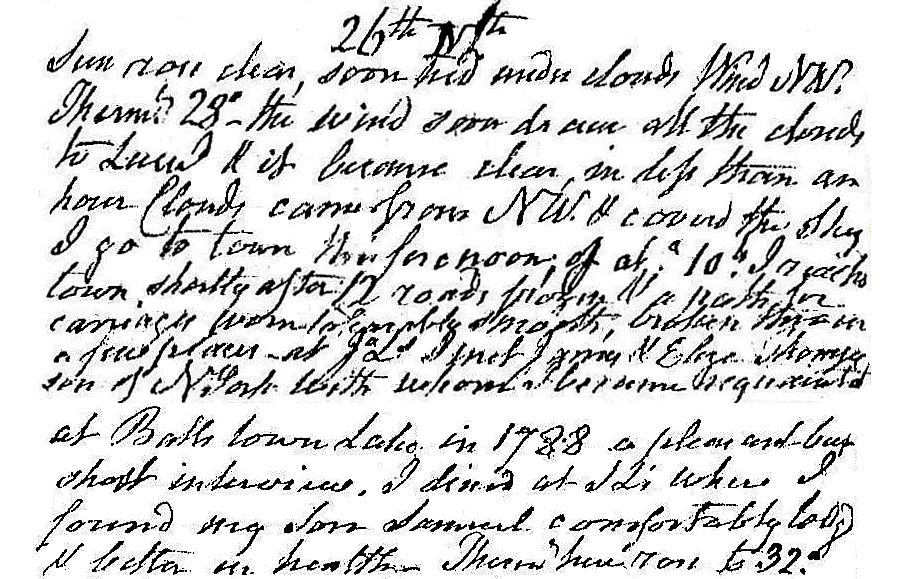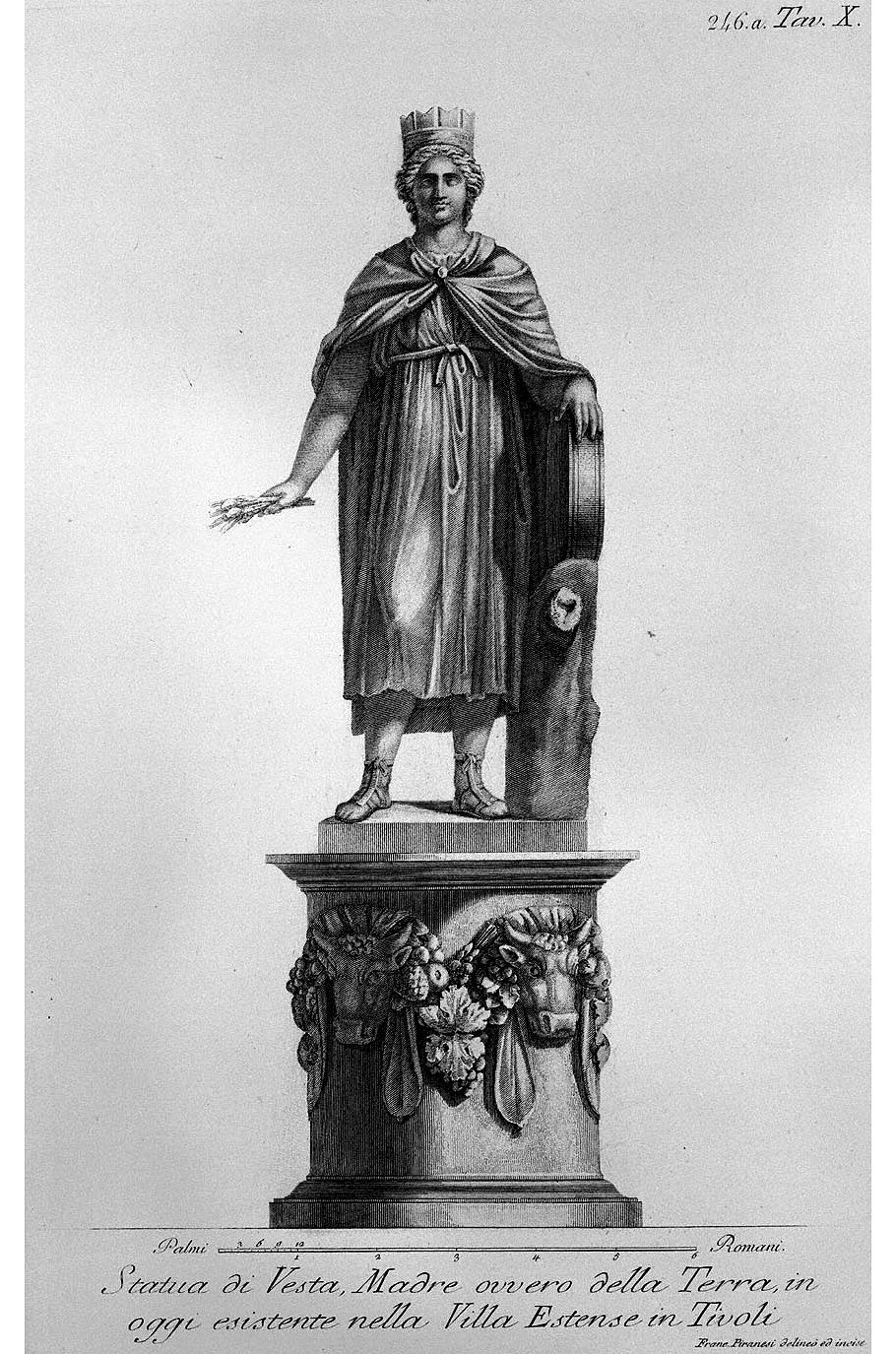26 February
St. Porphyry
In 396 he [Porphyry] was elected bishop of Gaza without his knowledge, and John, the bishop of Caesarea, wrote to the bishop of Jerusalem desiring him to send Porphyry, alleging that he wished to consult him on various difficult passages of Holy Scripture. He was therefore bidden to go, but to return in seven days.
Upon receiving this order Porphyry seemed at first disturbed, but he said, "God's will be done." That evening he called Mark, and said to him,"Brother Mark, let us go and venerate the holy places and the sacred cross, for it will be long before we shall do so again." Mark asked him why he spoke in such a tone, and he replied that our Saviour had appeared to him the night before, and had said, "Give up the treasure of the cross which you have in custody, for I will marry you to a wife, poor indeed and lowly, but of great piety and virtue. Take care to adorn her well for, however she may appear, she is my sister."--"This," he added, "Christ signified to me last night, and therefore I fear that I may be charged with the sins of others while I seek to expiate my own--but the will of God must be obeyed." When they had done as he had said he started off with Mark and the following day, which was a Saturday, they reached Caesarea. Next morning Bishop John bade certain townsmen of Gaza lay hold of Porphyry, and while they held him he ordained him bishop. The holy man was much distressed at being promoted to a dignity for which he judged himself unfit. The Gazaeans did their best to console him, and they started for Gaza, where they arrived on Wednesday night, harassed and weary, for the heathen in the villages near Gaza, having had notice of their coming, had so broken up the roads and obstructed them with thorns and logs that they were scarcely passable.
That year there was a great drought, which the pagans ascribed to the coming of the new Christian bishop, for they said their god Marnas had foretold that Porphyry would bring calamities on the city. In Gaza there stood a famous temple dedicated to that deity, which the Emperor Theodosius I had ordered to be closed but not destroyed because of the beauty of its structure. The governor had allowed it to be reopened and when, for two months after the arrival of Porphyry, no rain had fallen, the pagans assembled in this temple to make supplication to Marnas. Then the Christians after a day of fasting and a night of prayer, went in procession to the church of St Timothy outside the walls, singing hymns. Upon their return they found the city gates shut against them. Then Porphyry and his flock besought God With redoubled fervour to bestow the boon so greatly needed, and in a short time clouds gathered and rain fell in such plenty that the heathen opened the gates and, joining them, cried out, "Christ alone is God! He alone has overcome!" This and the miraculous healing of a woman led to a great number of conversions, so that the pagans, perceiving their numbers decrease, became very troublesome to the Christians, whom they excluded from commerce and public offices and harassed in various ways. Porphyry, to protect himself and his flock, had recourse to the emperor, to whom he sent Mark his disciple, and afterwards followed him to Constantinople himself in company with John, his metropolitan.
Through the advocacy of St John Chrysostom and the Empress Eudoxia, Arcadius eventually was induced to grant all that was asked, including permission
for the destruction of the temples of Gaza. An imperial edict to that effect was delivered to a patrician named Cynegius, who was charged to see the order carried out. When they landed again in Palestine near Gaza, the Christians came out to meet them singing hymns; and as the two bishops and the procession passed through a square called Tetramphodos in which stood a marble statue of Venus, which was supposed to give oracles to young women about the choice of husbands, the idol fell, apparently of itself, and was broken to pieces. Ten days later arrived Cynegius with a strong guard of soldiers and the emperor's edict. In accordance with it, eight public temples were destroyed by fire, including the Marneion. After this, private houses and courts were searched and the idols were destroyed or cast into the sewers, and all books of magic were consigned to the flames. Many of the pagans desired baptism; but many others were only angered by these proceedings, and in a riot they raised Porphyry barely escaped with his life. On the site of the temple of Marnas was built a church in the form of a cross, and the Empress Eudoxia sent pillars and rich marbles from
Constantinople to adorn the building, which was called after her the Eudoxiana. At its beginning St Porphyry, with his clergy and all the Christians of the city, went in procession from the church called Eirene singing the "Venite, exultemus Domino" and other psalms, each verse being answered with an "Alleluia ". They all set to work carrying stones and other materials and digging the foundations under the direction of Rufinus, a famous architect. The church was begun in 403, took five years to build, and the bishop consecrated it on Easter day, 408. His alms to the poor on that occasion seemed boundless, though at all times they were very great. St Porphyry spent the rest of his life in the zealous discharge of his pastoral duties, and lived to see the city for the most part free from open idolatry.
The Life of St Porphyry by Mark the deacon is an historical document of quite exceptional interest. Apart from the insight which it affords into the character of the saint, it provides much valuable information regarding the last efforts of paganism in the Christian East.
Herbert Thurston, S.J. and Donald Attwater, Butler's Lives of the Saints (vol. 1, 1956), pp. 424-26.
26 February 1778 Thursday
Vases, Candelabra, Grave Stones, Sarcophagi. Tripods, Lamps and Ancient Ornaments volume I

Ancient marble vase seen in the Capitoline Museum
To Mr. Roberto Udnij English Knight, lover of the fine arts
As a sign of respect Il Cavaliere Gio: Batt(ist)a Piranesi
Cavalier Piranesi del. and inc.
26 February 1812 Wednesday

Sun rose clear, soon hid under clouds. Wind NW. Therm. 28°. The wind soon drew all the clouds to leeward and it became clear, In less than an hour clouds came from NW and covered the sky. I go to town this forenoon; off at about 10. I reach town shortly after 12. Roads frozen and a path for carriages worn tolerably smooth, broken through a few places. At J.L.'s I met James and Elizabeth Thompson of New York with whom I became acquainted at Ballstown Lake in 1788. A pleasant but short interview. I dined at SL's where I found my son Samuel comfortably lodged[?] and better in health. Therm. here rose to 32°
26 February 1995
chronosomatics
…the transition from assimilation to pure metabolism, and finally the coexistence of metabolism and osmosis divided by the diaphragm.
…the different stages of imagination:
The ages of Highest Fertility
Assimilation
Metabolism
Osmosis and Electro-Magnetism
Osmosis and Polarity
The Straight and Narrow
Ultra-High Frequency
26 February 2003
Re: crytome hacked
Yesterday, 25 February, was (again) the anniversary of St. Ambrose breaking the silence about St. Helena finding the True Cross.
Cryptic inversionary reenactments maybe?
Is [casting] doubt the greatest terrorist weapon?
[the calendar and the coincidences that occur within it make for an efficient mnemonic devise]
Philadelphia Museum of Art
William Marlow View of Rome from the Tiber c. 1775
26 February 2023 Sunday
Raccolta de' tempj antichi Parti I

Statue of Vesta, Mother or of the Earth, currently existing in the Villa Estense in Tivoli
Franc. Piranesi outlined and engraved 1780
|